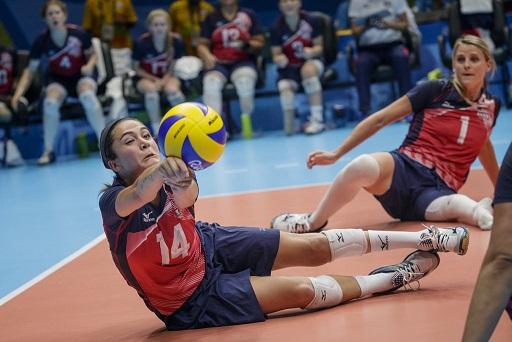
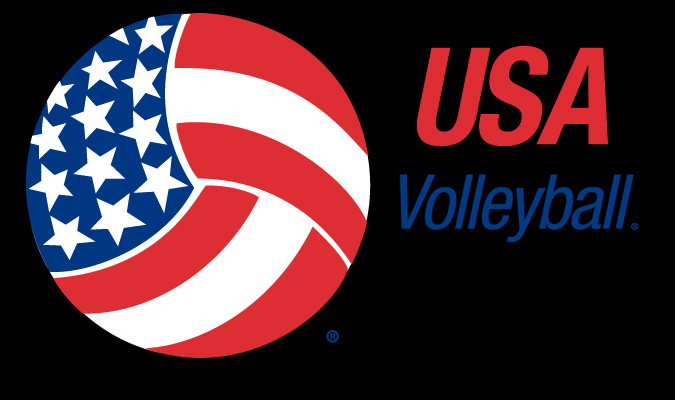 http://www.teamusa.org/USA-Volleyball
http://www.teamusa.org/USA-Volleyball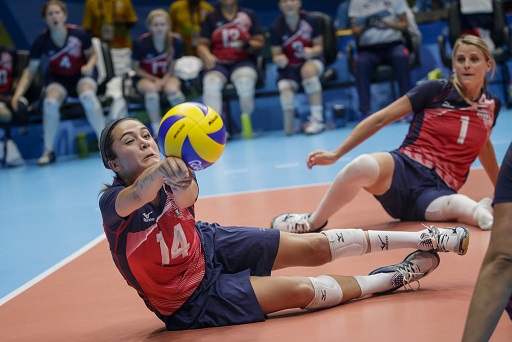
USA Volleyball is the National Governing Body (NGB) for the sport of volleyball in the United States and is recognized as such by the Federation International de Volleyball and the United States Olympic Committee (USOC). Sitting volleyball is a Paralympic version of the sport. In sitting volleyball, the net is about 3.5 feet high, and the court is 10 x 6 meters with a two-meter attack line.
Sports Destination Management: The U.S. women’s team won gold at the Rio Paralympics this year. Has this resulted in growth of the sitting version of the sport?
Bill Hamiter: There is definitely growth; however, it’s one of those things where the growth is never as quick as you’d like it to be! But yes, there are more players. Especially in the military sector, more and more people are taking it up.
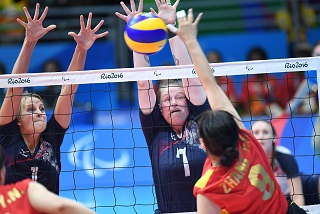 SDM: Is sitting volleyball played on all three surfaces – indoor, sand and grass – as the game for able-bodied individuals?
SDM: Is sitting volleyball played on all three surfaces – indoor, sand and grass – as the game for able-bodied individuals?
Hamiter: Indoor is the primary place where sitting volleyball occurs, but there is some beach volleyball for sitting players; however, it isn’t really big here in the states.
SDM: What do you think surprises people about the sport?
Hamiter: Different things. They sometimes think it’s played by people in wheelchairs, but it’s not; in this sport, the players sit right on the floor. People also think you need six players on each side in order to have a game of sitting volleyball, but it doesn’t have to be that way. You can even do two-on-two with a narrow court; in fact, if a school wants to start a program, that’s what we recommend. We will actually have a two-on-two narrow court tournament in the open division in Tulsa in February. Something else people don’t always know – you can have able-bodied players involved with sitting volleyball; they have to follow the same rules as players with disabilities, but they’re definitely able to play. It is a very inclusive sport and it’s so much fun.
SDM: It doesn’t give able-bodied players an advantage?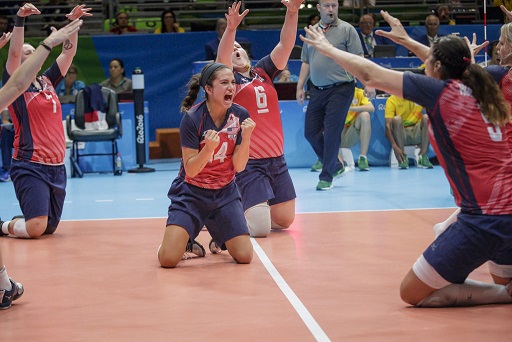
Hamiter: The only advantage for me as an able-bodied player is that I can move my legs from one side to the other to push myself around. But you have to be in contact with the floor when you make contact with the ball. The rules are such that nobody gains an advantage. That’s one of the reasons it’s such a good sport for P.E. classes in schools. We even see colleges offering it since there are athletes who have injured their knees so they can’t jump and land. This gives them another option to stay active – same with adults as they get older and their joints are not what they used to be. You’ll hear people say, ‘I thought my playing days were over but I can do this.’
SDM: Is finding players with disabilities a challenge?
Hamiter: Yes, it’s not the kind of thing where you can call a doctor’s office or a hospital and say ‘Give me a list of people who have disabilities;’ that information is protected under HIPAA. You have to find the organizations – high schools, middle schools, communities and so on – and they reach out and communicate with the different individuals. You can also get communication out through the media. Of course, if you’re in a city that has a V.A. hospital or a rehab center, there are going to be a lot of people who can get involved. It really helps when a community will embrace it.
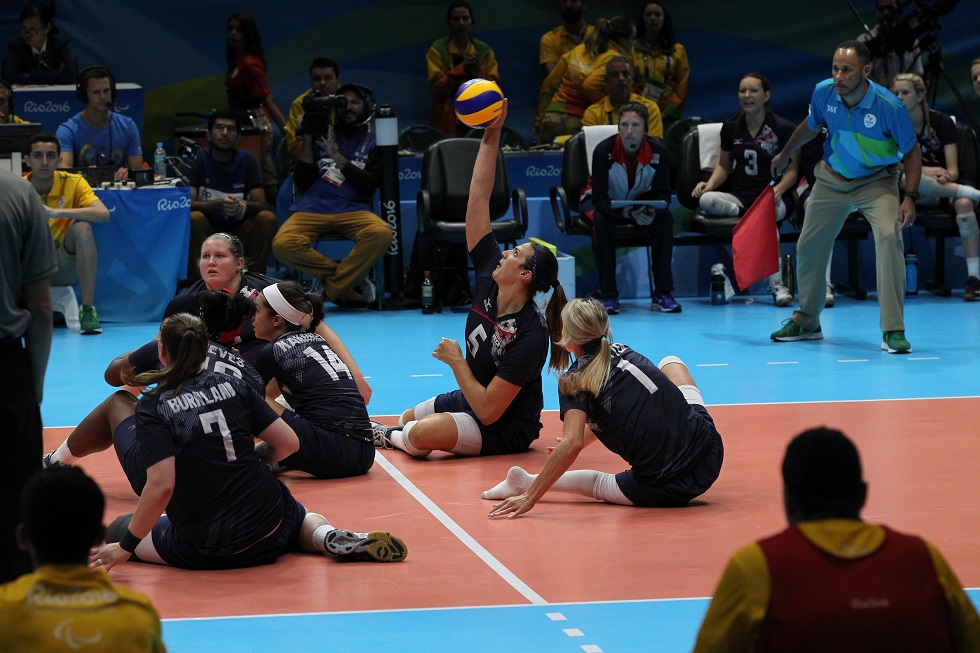 SDM: Does social media come into play when you want to promote a developing program?
SDM: Does social media come into play when you want to promote a developing program?
Hamiter: I think social media is one of the best places because everyone is on it and it’s so accessible.
SDM: Let’s talk for a moment about the gold medal the U.S. women won in Rio. Was that a surprise?
Hamiter: You never want to say you expected something like that, but our women’s team has been second in the world for the last 12 years. The dominant team has been China but we’ve been edging closer and closer all along. And once people see it all – the way they’re not only great athletes but the way they have overcome their challenges – it really tugs at your heart. It’s inspiring. People say, ‘This is impossible; how can they do that?’ But it’s proof that you can do anything you want if you work hard enough and long enough.

